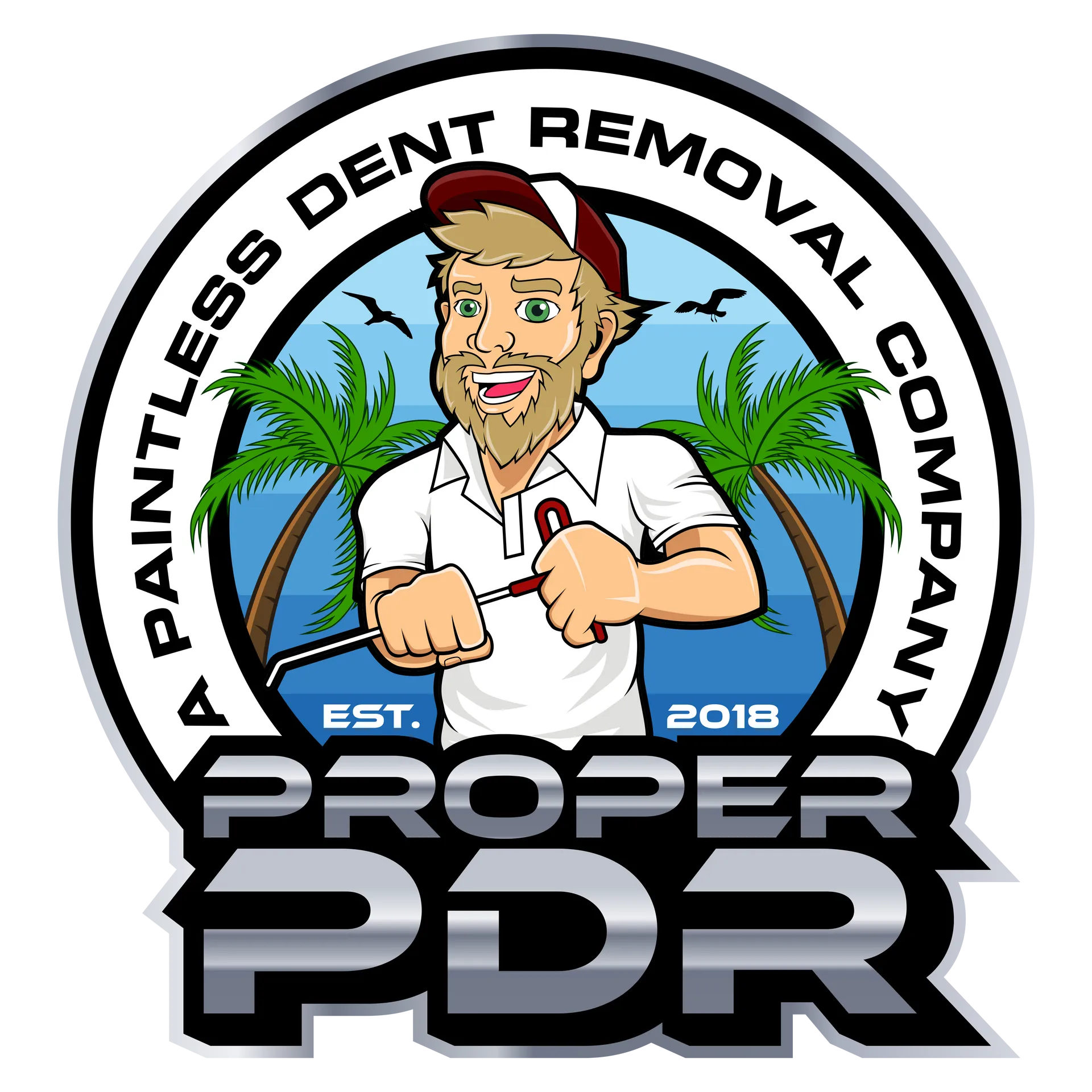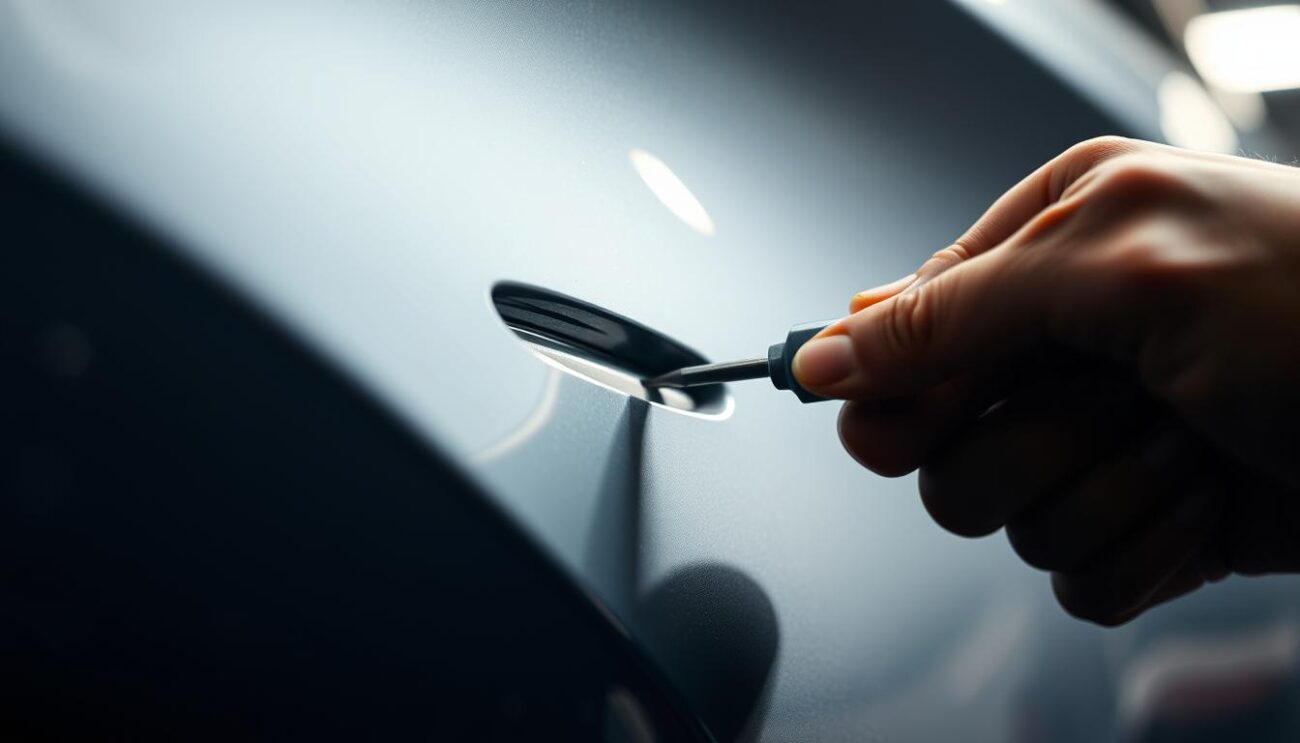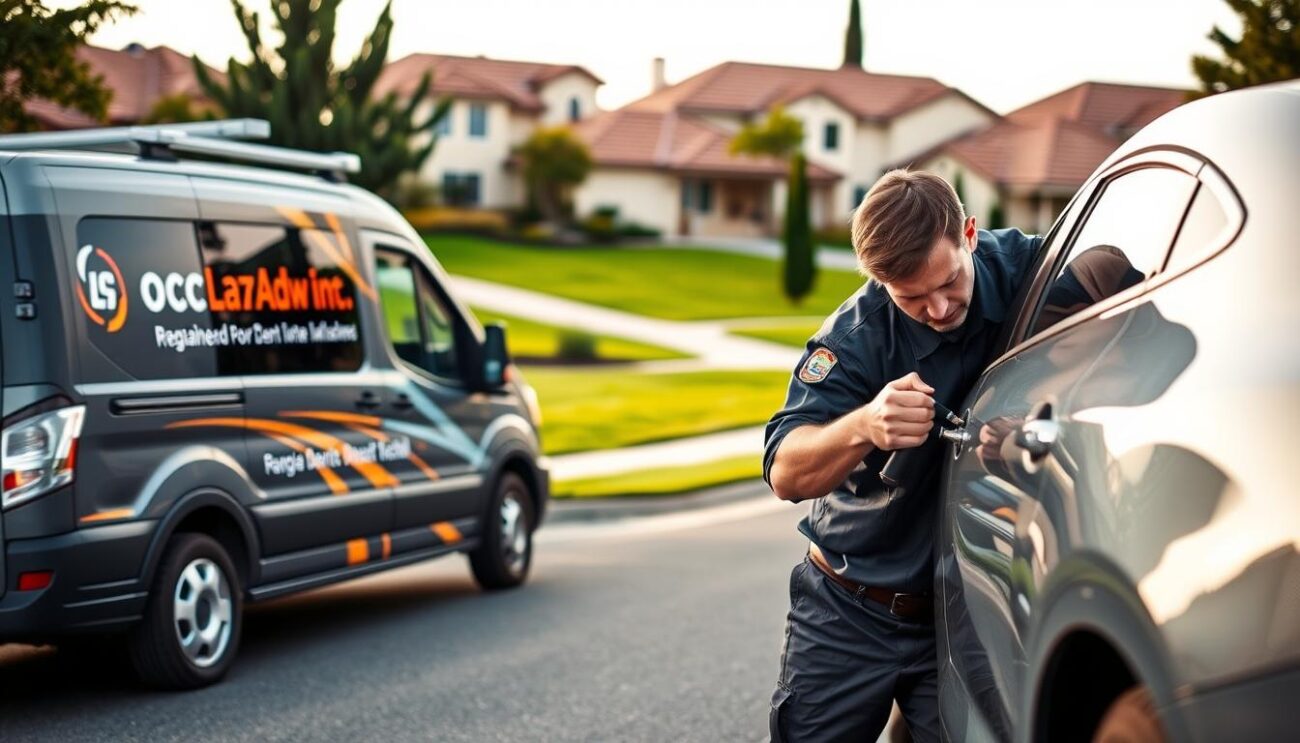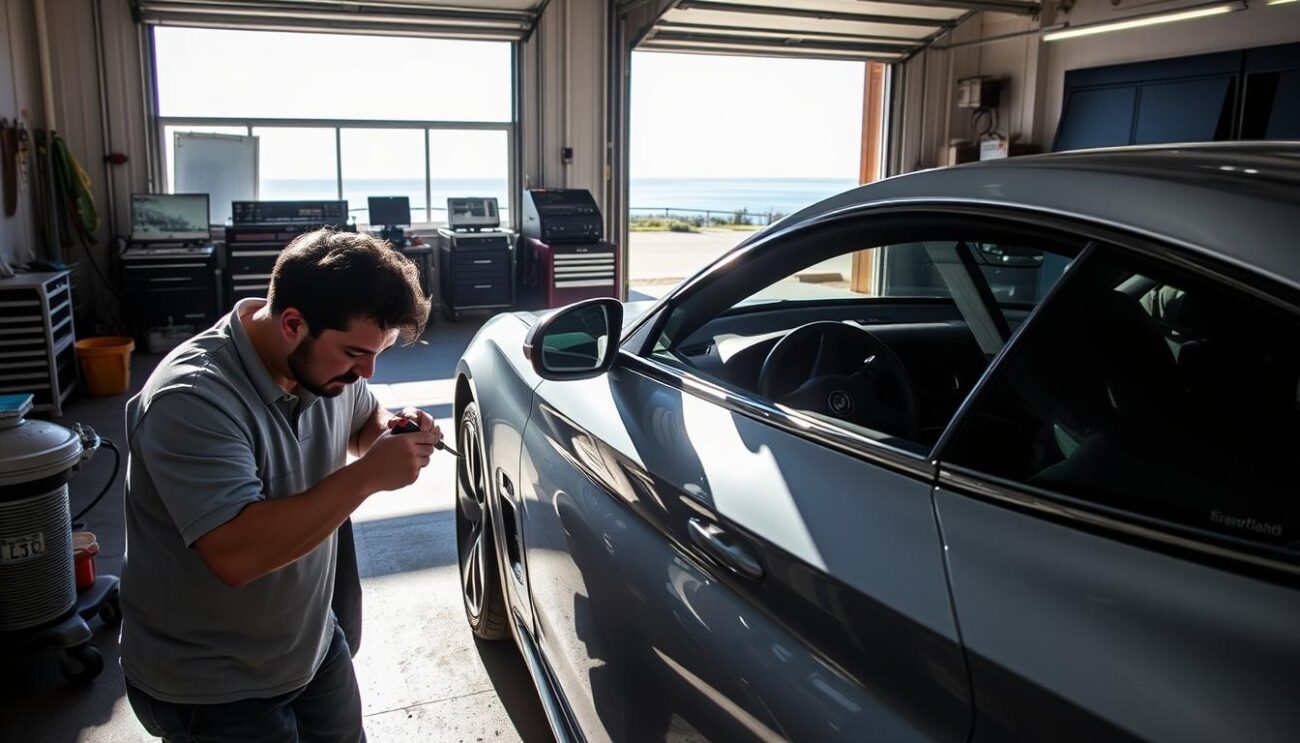
Blog
Does Insurance Cover Paintless Dent Repair? Your Complete Guide
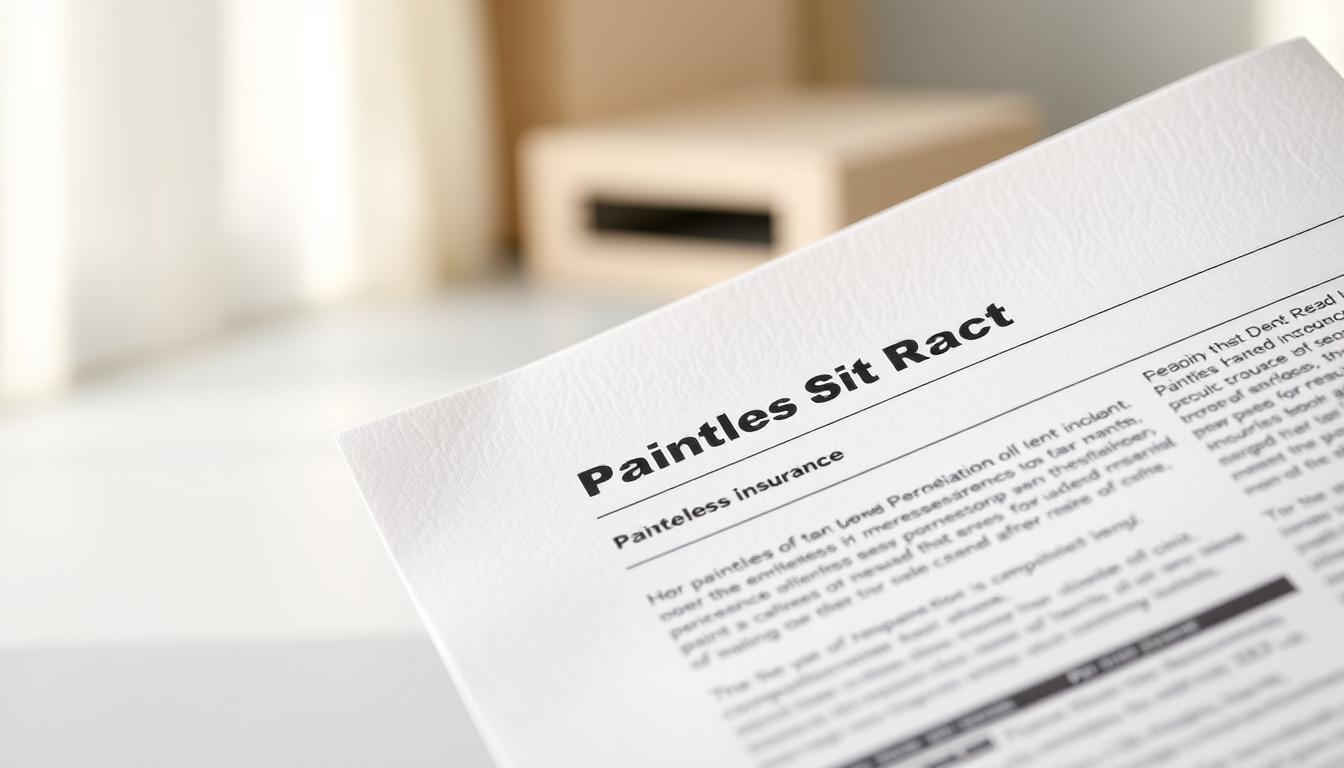
Unexpected dents can turn a good day upside down. Whether it’s a parking lot mishap or hail damage, vehicle owners often wonder how to fix these issues without breaking the bank. That’s where modern solutions like paintless dent repair shine—a method that’s 30–50% cheaper than conventional bodywork and often completed in hours.
Many drivers don’t realize their auto policy might already help with these repairs. Comprehensive coverage frequently includes protection for events like storms or vandalism, making it easier to address damage quickly. Since the 1980s, this technique has grown popular for preserving factory paint and avoiding costly replacements.
Why do insurers prefer this approach? It’s simple: faster turnaround times mean fewer rental car fees, and original finishes maintain resale value. Plus, the eco-friendly process reduces waste and chemical use compared to traditional methods.
This guide will clarify how coverage works, debunk myths about claims, and show you how to maximize your policy benefits. Let’s explore how innovative repair strategies align with your financial protection needs.
Introduction to Paintless Dent Repair and Insurance Coverage
Car owners often face frustrating dings from shopping carts or hailstorms. A game-changing method helps address these issues while keeping costs manageable. This approach preserves factory finishes and reduces environmental impact—key factors for value-conscious drivers.
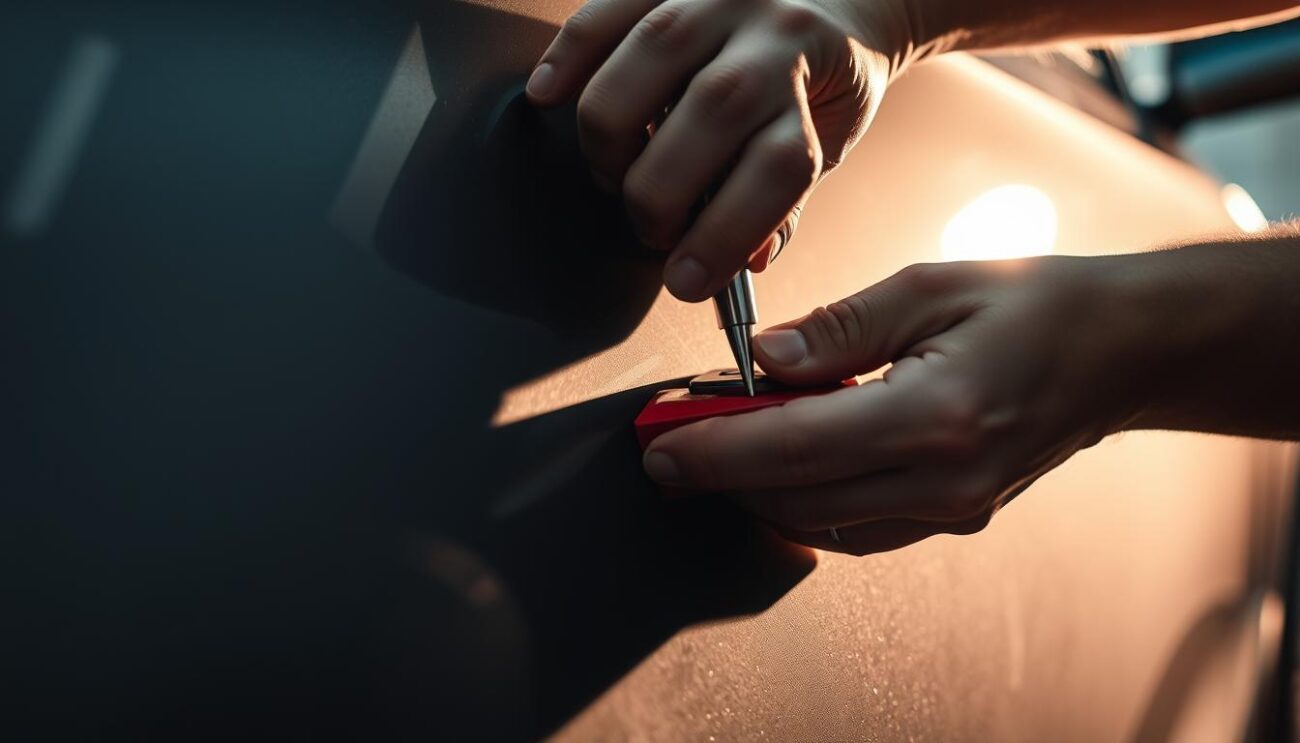
How This Technique Works
Specialized tools massage metal back to its original shape without fillers or repainting. Technicians access damage from behind panels, making it ideal for shallow dents from minor impacts. The process typically takes 1-3 hours versus days for conventional methods.
Environmental benefits set this method apart. It avoids toxic paints and reduces landfill waste from replaced parts. Many shops now prioritize these eco-friendly practices to meet customer demand.
Financial Protection Benefits
Even small imperfections can cost $150-$450 to fix. Comprehensive policies often include protection for weather-related or accidental damage. Providers favor these efficient repairs because they lower claim expenses and rental car needs.
Quick turnaround times mean less disruption to daily routines. Preserving original finishes also helps maintain resale prices—a win for both owners and insurers.
Understanding Your Auto Insurance Policies
Choosing the right protection for your car starts with knowing your policy details. Two critical elements shape your financial safety net: collision and comprehensive coverage. Let’s break down how these options work and what they mean for your wallet.
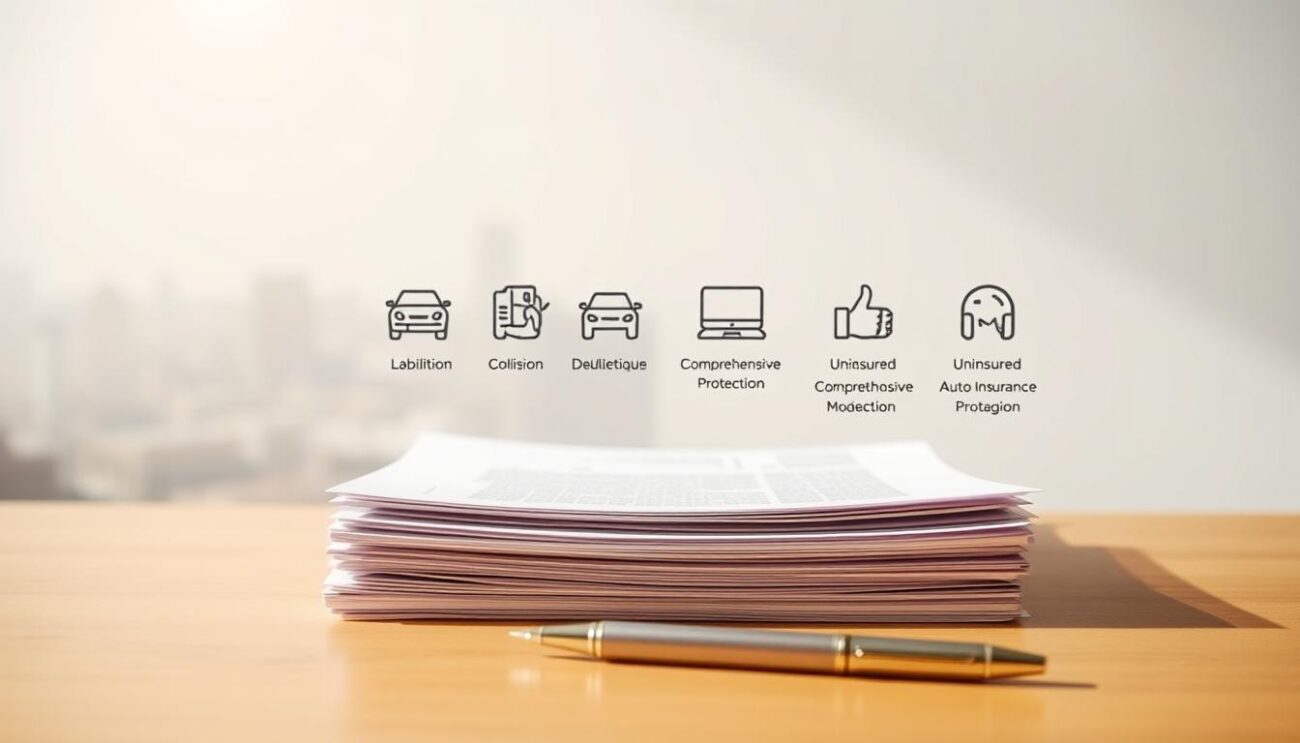
Collision vs Comprehensive Coverage Explained
Comprehensive coverage handles damage unrelated to driving accidents. Think hailstorms, vandalism, or fallen branches—situations where no other vehicle is involved. This makes it ideal for addressing dents caused by environmental factors.
Collision protection applies when you hit another car or object, like a guardrail. Both coverages often work together, but lenders usually require them for financed vehicles. Always check your policy’s fine print to confirm what’s included.
How Deductibles Impact Repair Costs
Your deductible—the amount you pay before coverage kicks in—directly affects repair decisions. For example, a $1,200 fix with a $500 deductible leaves you responsible for the first $500. Common deductibles range from $250 to $1,000.
Here’s a quick tip: If repairs cost less than your deductible, paying out-of-pocket might save money long-term. Higher deductibles lower premiums but increase upfront costs during claims. Balance these factors based on your budget and risk tolerance.
Does Insurance Cover Paintless Dent Repair? Your Complete Guide
Modern dent solutions meet insurance criteria, creating smoother claim experiences. Most providers recognize pdr as a cost-effective alternative to traditional repairs when damage meets specific conditions.
How Insurance Companies Evaluate PDR Claims
Adjusters assess three key factors during inspections:
- Dent depth (shallower than 1 inch)
- Paint integrity (no cracks or chips)
- Accessibility from panel edges
Many companies maintain approved vendor lists for these repairs. They prioritize shops using certified techniques to ensure factory finish preservation. Always request a detailed estimate before authorizing work.
Handling Hail Damage, Vandalism, and Other Incidents
Severe weather accounts for 35% of pdr claims nationwide. Follow this process for best results:
- Photograph damage immediately
- Prevent rust with temporary sealants
- Schedule professional assessment within 72 hours
For vandalism cases, file police reports to support your claim. Most policies cover malicious damage under comprehensive protection. Seasonal storms often trigger special handling protocols—ask about mobile repair options during peak hail seasons.
Communication remains vital. Provide repair shops with your claim number and adjuster contact details upfront. Many facilities now offer direct billing to simplify transactions with insurance companies.
Navigating the Claim Process for Dent Repairs
Handling auto damage claims requires strategy and attention to detail. Proper documentation and clear communication can turn a stressful situation into a streamlined experience. Let’s explore how to position your case effectively while working with providers.
Documenting Damage and Communicating with Adjusters
Start by capturing crystal-clear photos from multiple angles. Include close-ups showing dent depth and wider shots revealing location context. Time-stamped images help establish when issues occurred—especially useful for weather-related claims.
Follow this three-step process when filing:
- Gather evidence (photos, police reports if applicable)
- Request estimates from certified shops
- Share documentation with your adjuster promptly
Adjusters appreciate organized claimants. Provide repair facility contact details and ask about preferred service providers. Many companies fast-track claims when using their network shops. Keep conversations factual—focus on damage specifics rather than emotional appeals.
Obtaining multiple quotes strengthens your position. A $600 PDR estimate versus $1,200 traditional repair cost clearly shows value. Highlight how this method preserves factory finishes, which aligns with most insurance policy requirements for quality repairs.
Avoid common missteps like delaying inspections or modifying damage areas. Even touching dented surfaces can raise questions about validity. Stay proactive—follow up every 48 hours until resolution.
Factors Affecting Insurance Coverage and Repair Costs
Several elements determine what you’ll pay for fixing dings and whether your policy helps. Material choices, regional pricing differences, and damage severity all play roles in the final bill.
What Shapes Your Repair Experience
Luxury and aluminum-body vehicles often need pricier fixes. Their specialized materials require advanced tools and trained technicians. For example, BMW panels cost 40% more to fix than Ford models due to complex construction.
Dent dimensions directly impact budgets. See how size relates to costs:
| Damage Scale | Average Cost | Insurance Approval Rate |
|---|---|---|
| Small (under 2 inches) | $100–$300 | 92% |
| Medium (2–4 inches) | $300–$500 | 78% |
| Large (4+ inches) | $500–$900 | 65% |
Regional repair markets influence prices too. Shops in Texas charge 15% less than California providers during hail season. Chains like Caliber Collision often set local benchmarks—their average $450 charge becomes the neighborhood standard.
Older cars face tougher coverage hurdles. Insurers weigh repair costs against vehicle value—if fixes exceed 60% of the car’s worth, they might declare it a total loss. Always get pre-approval for vintage or collector models.
Conclusion
Armed with this knowledge, you’re ready to tackle vehicle dents smartly. Insurance providers and skilled technicians often collaborate to deliver efficient solutions that protect your car’s value. The key lies in understanding your policy’s fine print before unexpected events occur.
Always compare repair estimates against your deductible. If costs fall below your out-of-pocket threshold, paying directly might save money long-term. For larger jobs, certified PDR specialists can help maximize your coverage while preserving factory finishes.
Remember these three essentials: document damage thoroughly, communicate clearly with adjusters, and choose shops with proven expertise. These steps ensure smooth claims and lasting results that maintain your vehicle’s condition.
With modern techniques becoming standard in the industry, you now have tools to make informed choices. Whether handling hail marks or parking lot mishaps, balancing financial wisdom with quality work keeps your ride looking sharp without draining resources.
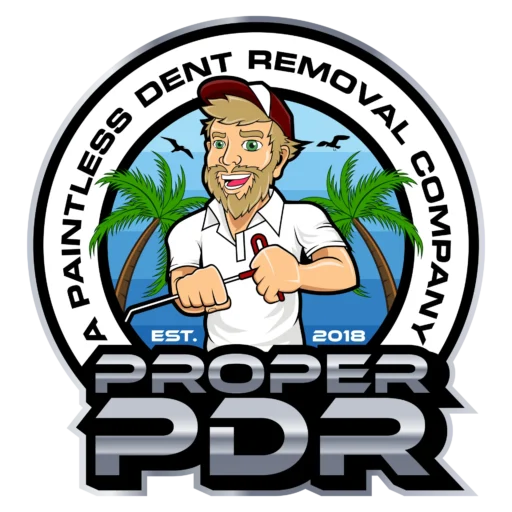
At Proper PDR specializes in mobile Paintless Dent Repair (PDR) and Paintless Dent Removal in Irvine, Trabuco Canyon, Newport Beach, Laguna Niguel, Aliso Viejo, and Dana Point. With years of experience, we ensure every dent is meticulously removed while preserving your vehicle’s factory finish. Trust Proper PDR for top-tier dent repair and exceptional service.
